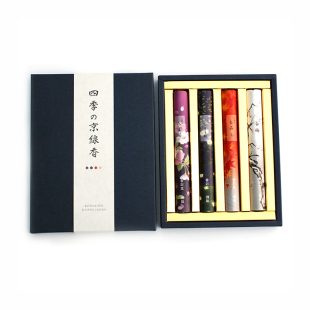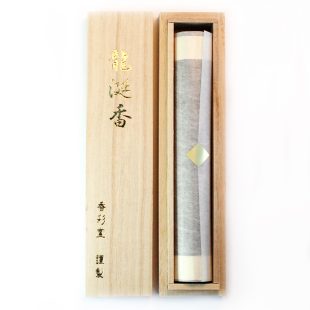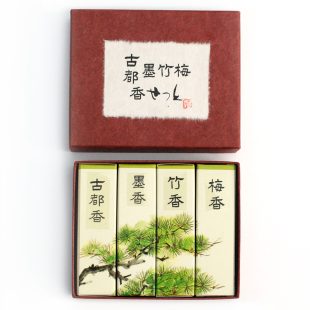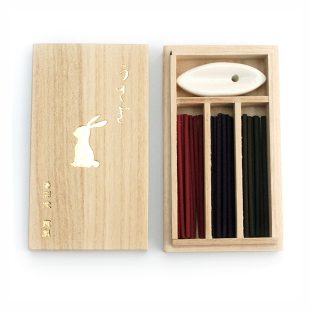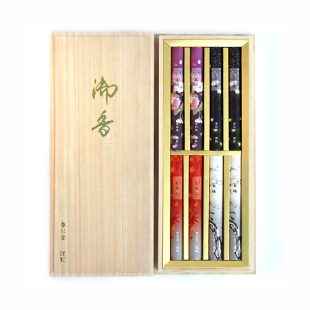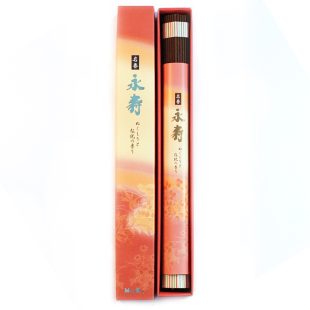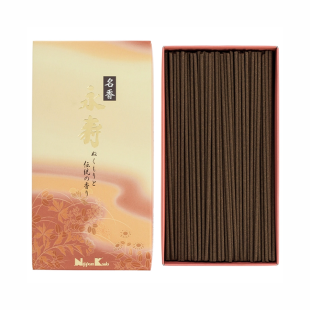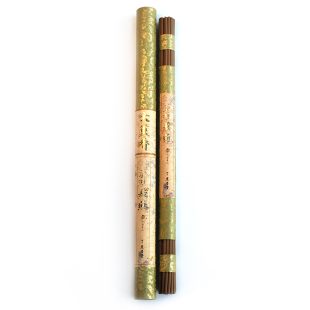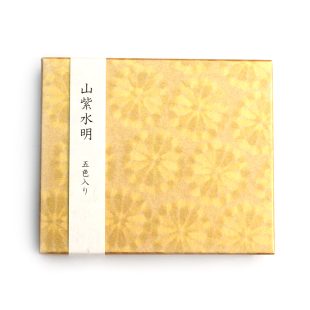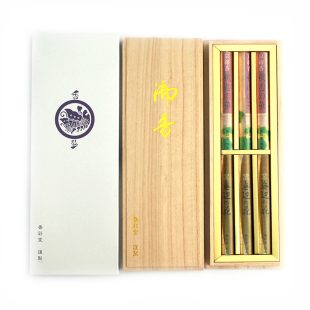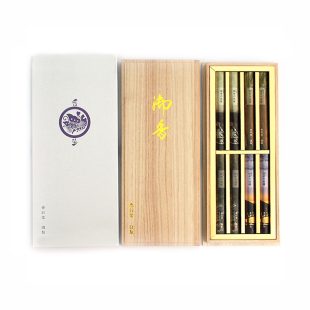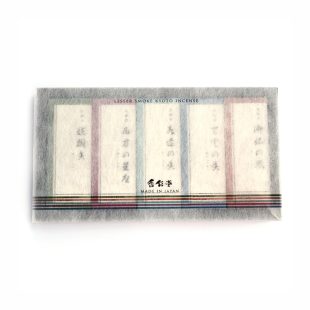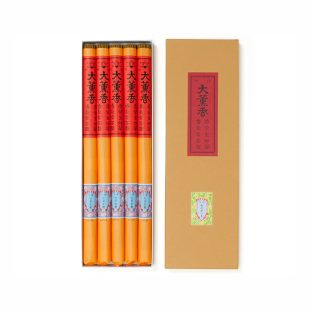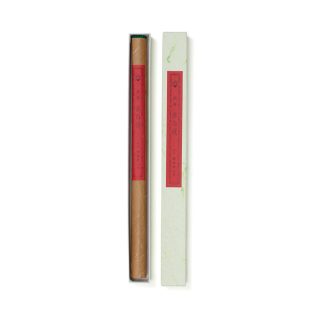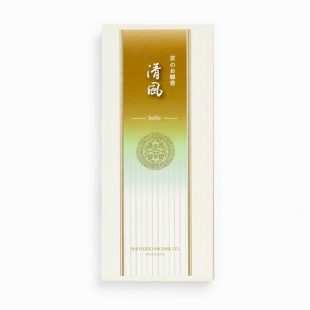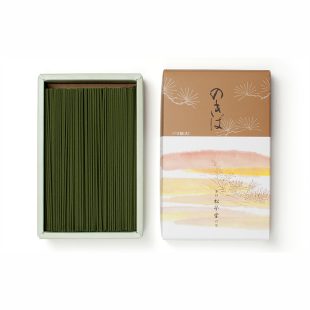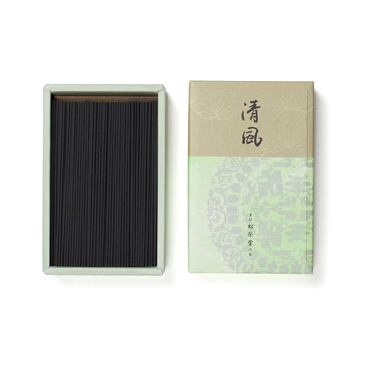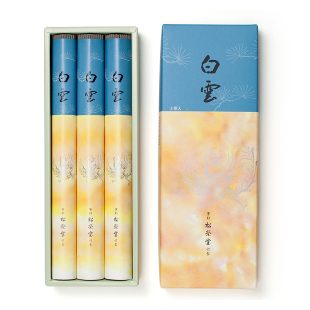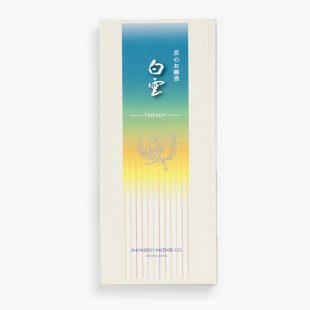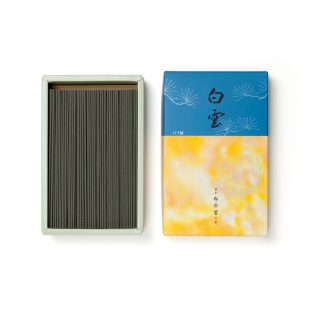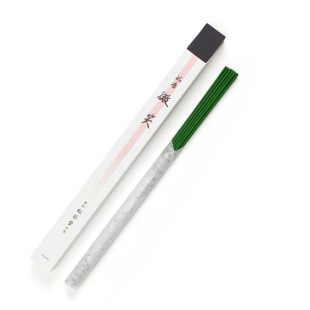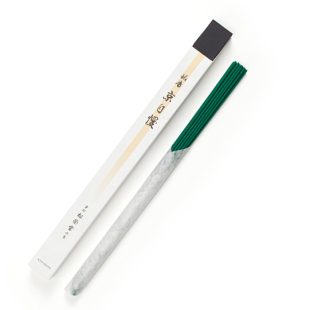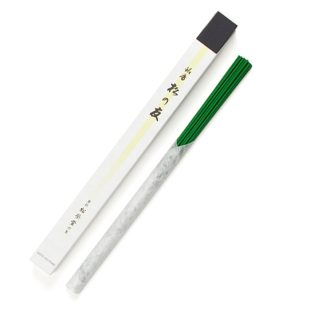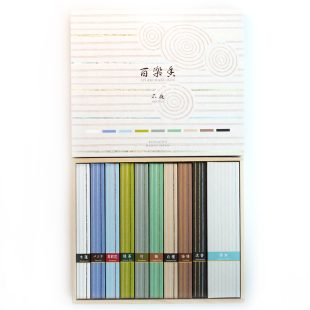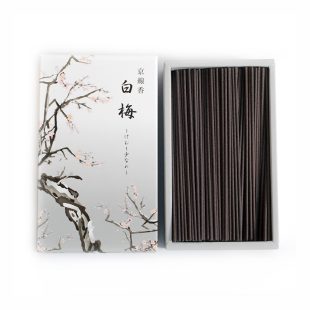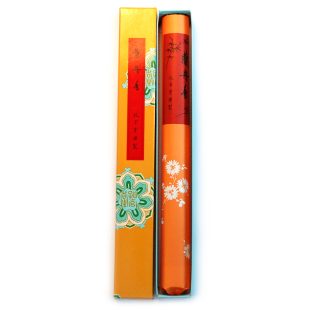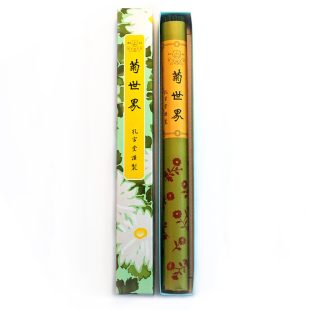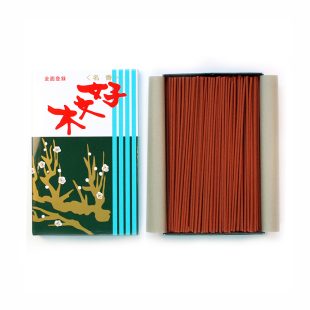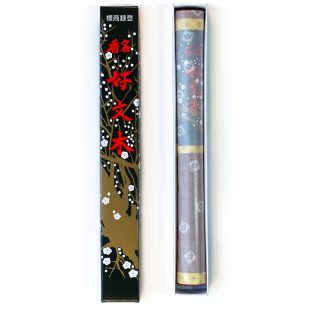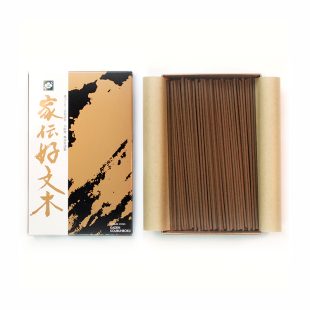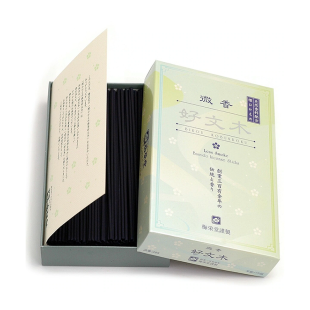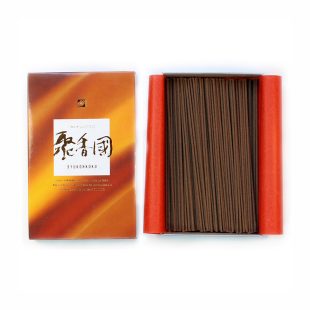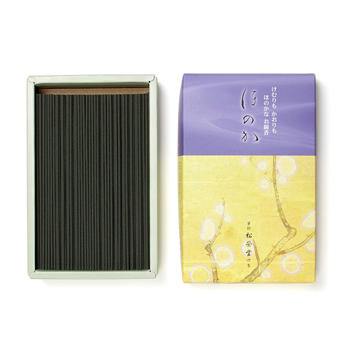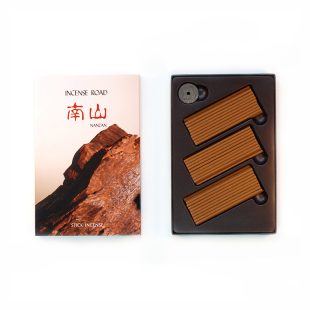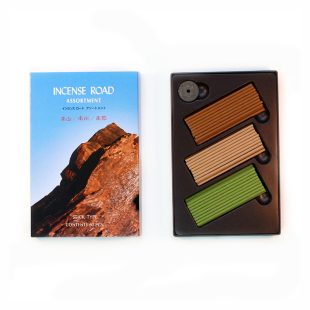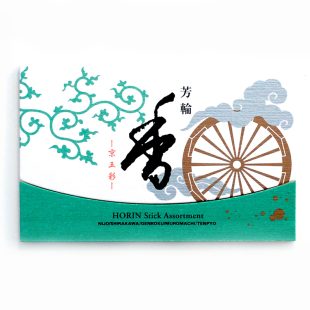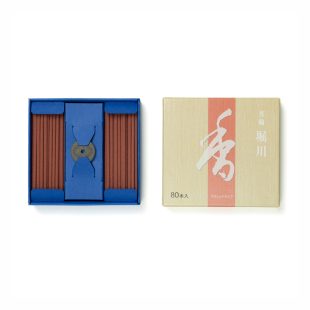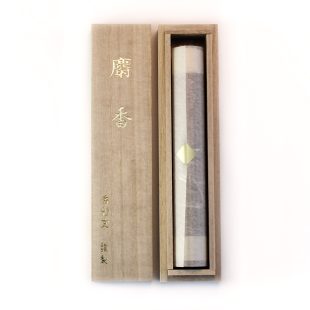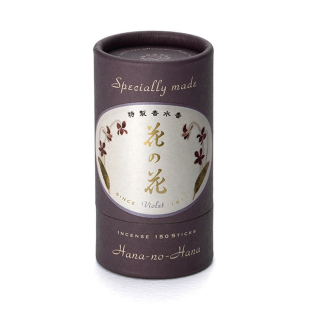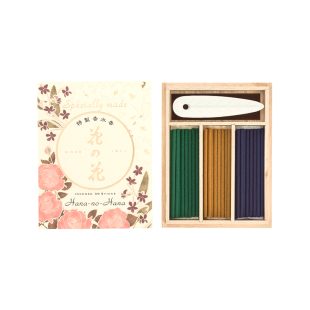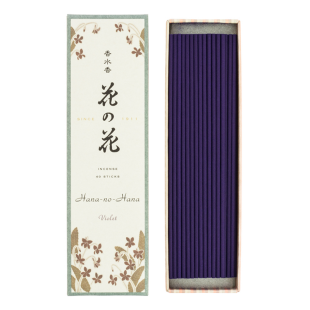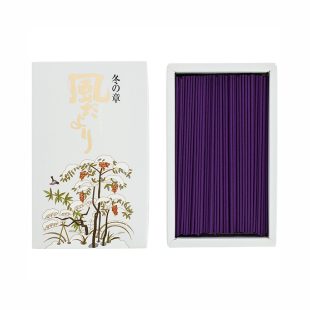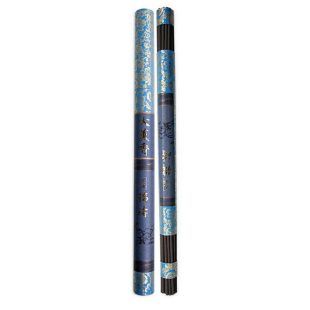Resins
Trees naturally produce aromatic resin to help heal
damage and injury to the tree.
Fragrance: It has a warm, resinous and biting fragrance.
Note: Base
East Asian Element: Wood
Western Element: Earth
East Asian Season: Spring
Western Season: Summer
Astrology: Taurus
Planet: Sun, Mars
Amber (Pinus succinifera) is the fossilized resin from extinct pine trees 5 to 60+ million years old. Found mainly in Russia, the Baltics and the Americas, it is better known for its use in jewellery and collected as art, especially if it contains trapped insects.
It has been used in incense formulars since the ancient Greeks.
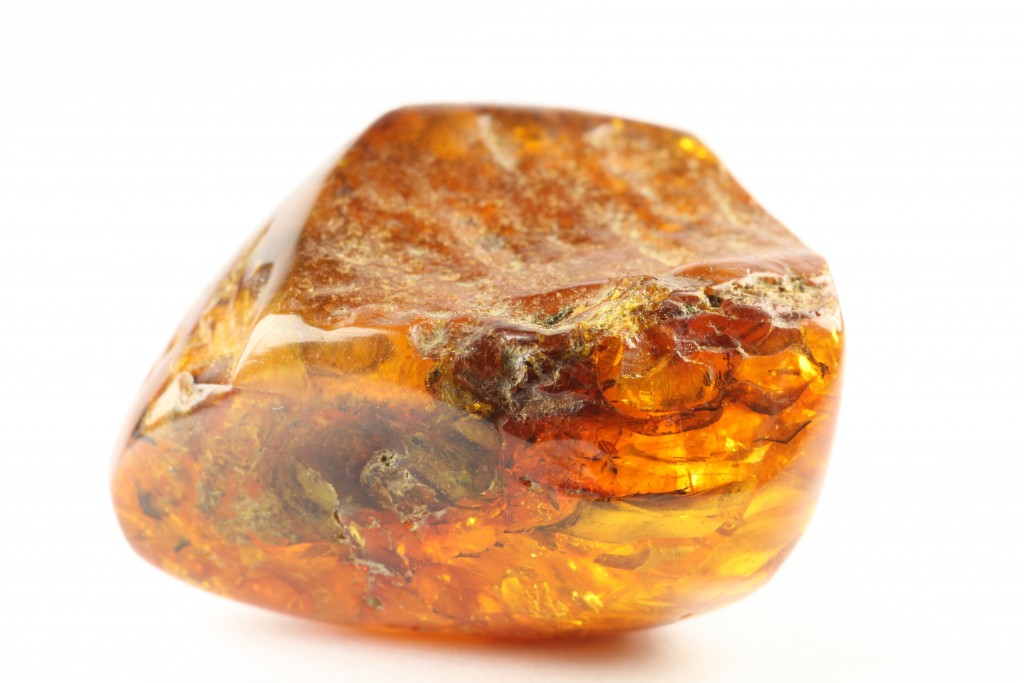
India produces a soft resin, also called amber, but this is not true amber resin.
It has been used in cosmetic, perfumes, aromatherapy and medicinally for urinary and respiratory infections, and muscle spasms.
Incense with Amber
Ambergris (plant-based)
Calming, Comforting, Peaceful, Meditative, Regenerative. Grounding
Fragrance: ‘humid, earthy, marine, algoid, tobacco-like, sandalwood-like, sweet, radiant
Note: Base
East Asian Element: Water
Western Element: Water
East Asian Season: Winter
Western Season: Water
Astrology: Pisces
Planet: Moon
Ambergris is the aged oily enzymatic resiny material that forms in the intestines of whales. These “stones” drift on the ocean until they land on beaches, mainly in Southern Africa, the East Indies, China, Japan, and New Zealand. The ageing process brings out the complex aroma.
Because wild-harvested supplies are erratic, trade is tightly controlled, with many countries outlawing it to prevent the exploitation of whales. The cost of natural, aged ambergris is prohibitive, so modern ambergris tends to be synthetic.
In Japanese incense, the deep, rich and mysterious scent of ambergris is faithfully recreated using a combination of amber, sandalwood and other ingredients.
When diluted in alcohol, it is one of the most legendary and prized ingredients in perfumery. Not only because of its complex fragrance but also because of its ability to enhance a fragrance’s staying power by fixing and harmonising more volatile ingredients.
Documented evidence shows that ambergris was used as a fragrance and incense by the ancient Egyptians, the Chinese, and Medieval Europe.
In the past, the scent of Ambergris has been used in traditional medicine in incense and perfume to treat hormonal issues, heart problems, headaches and facial paralysis, brain, epilepsy and nervous diseases, depression and muscle tension.
Incense with Ambergris (plant-based)
Benzoin (Ansoku-koh)
Energising, Creativity, Meditative, Relaxing, Balancing. Grounding
Fragrance: complex aroma with a range from top to base notes, but predominatly base notes. Sweet, spicy, resinous, warm, astringent.
Note: Base
East Asian Element: Fire
Western Element: Air
East Asian Season: Summer
Western Season: Summer
Astrology: Leo, Aquarius
Planet: Sun
Benzoin, not to be confused with Storax, is a balsamic resin from Styrax benzoides, a tall deciduous tree of the Styracaceae family found in tropical Sumatra, Asia, Europe and the Americas. Deep incisions made into the bark produces an almond-shaped gum resin with a slightly astringent top note and a mild, warm, vanilla, sweet and balsamic undertone.
The Styracaceae family includes 100+ species of deciduous and evergreen shrubs and small trees. Ibn Batuta first described the benzoin species around 1325 while exploring Sumatra.
He referred to it as Luban Jawi (Frankincense of Java) which became known as “Gum Benjamin” and finally “Benzoin.”
Medicinally it helps congestion, sore throats, coughs and colds. In Traditional Oriental medicine it is also used for abdominal and chest pains. It is an ingredient in Friars Balsam, used for coughs.
Its complex scent makes it a useful ingredient in perfumery and aromatherapy. The cosmetics industry uses it as an anti-oxidant and soothing agent for the skin, and as a fixative and preservative.
Incense with Benzoin
Borneol Camphor (Ryu-no)
Cleansing/Refreshing, Uplifting, Mental Clarity, Meditative, Relaxing
Fragrance: An intensely green and bracing fragrance. Camphoraceous.
Note: Base to middle
East Asian Element: Water
Western Element: Fire
East Asian Season: Winter
Western Season: Spring
Astrology: Pisces
Planet: Moon
There are two types of Borneol Camphor. The high-grade camphor used in premium quality incense comes from the evergreen Dryobalnops Aromatica Gaertn, a member of the Dipterocarpacae family, and can grow to 50 meters in height. This naturally occurring camphor is a pale yellow, semi-translucent crystalline substance that accumulates in cracks in and under the bark. It results from the oxidisation of naturally occurring camphor oil. Not all trees produce this oxidised camphor oil, usually only found in old trees.
The trees are native to Borneo, Malaysia and Sumatra and have been harvested sustainably since at least the 6th Century AD. However, since the 20th Century, it has become endangered and is now on the 2007 IUCN Red List of Threatened Species as Critically Endangered. Production and trade in natural camphor is now controlled.
It is an important ingredient in many Japanese incense formulas, where it helps carry the other aromas. Natural camphor has always been valued and expensive, and in many cultures, camphor trees have been considered holy.
The more common Borneolum syntheticum is a white crystal commonly produced from Blumea balsamifera. Most medicinal Chinese camphor comes from B. Balsamfera.
This synthetically processed camphor is widely available. Turpentine oil is used in the processing, and although a greener method has recently been developed, the camphor produced is still not pure enough to be used in incense.
Both types of camphor are natural insect and moth repellents, and camphor wood is resistant to termites. Tapped camphor oil is used in aromatherapy and the perfume industry. It has been used medicinally since 6 Century AD. Although toxic in its natural state, with careful processing it can be used to treat pneumonia, cholera and febrile convulsions. It is also used as an ointment in to treat pain, inflammation, skin and chest infections, sore throats and rheumatism.
Please note – it is carefully processed when used medicinally – eating it in its natural state can be fatal.
Incense with Borneol Camphor
Frankincense (Nyu-koh)
Cleansing/Refreshing, Comforting, Joy, Creativity, Regenerative, Meditative, Peaceful, Balancing, Calming. Grounding
Fragrance: The different species produce slightly different aromas, but all can be described as lively, citrus, sweet, balsam, woody.
Note: Base
East Asian Element: Wood
Western Element: Fire
East Asian Season: Spring
Western Season: Spring
Astrology: Leo, Aries, Sagittarius, Virgo
Planet: Sun
Frankincense is a naturally occurring water-soluble resin from evergreen Boswellia, also called Olibanum, trees (Burseraceae family), native to northeast Africa, India and the Arabian Sea coast.
The hardy 8-meter tall trees grow in arid, rocky, limestone environments — the drier the environment the sweeter the resin. There are over 25 species, and all produce resin.
The resin occurs naturally due to normal damage during the tree’s lifespan. However, production is increased when the tree is deliberately cut, and the resin harvested two weeks later. This deliberate production has put some species of Boswelia onto the 2007 IUCN Red List of Threatened Species as under threat. Boswellia in Somalia and India are not on that list.
It is one of the most prized substances of the ancient world, and it is considered holy, and used ceremoniously, by many religions in the ancient world.
It is used widely for cosmetics, aromatherapy and perfumery.
Medicinally is it an anti-inflammatory and decongestant. It is used as pain relief in many applications and to treat dysmenorrhoea, skin disorders and urinary infections. It is used in oral health, often as a chewing-gum, for throat and gum complaints.
Incense with Frankincense
Musk (plant-based)
Fragrance: Clean, musky, floral, spicy, woody, chocolatey, figgy, nutty, earthy, “like a baby’s skin.”
Note: Base
East Asian Element: Earth
Western Element: Air
East Asian Season: Summer
Western Season: Summer
Astrology: Capricorn, Libra, Taurus
Planet: Venus, Saturn
Musk is one of the most complex aromas and lasts long after other more volatile notes have evaporated. It balances scent compositions and adds sensuality and warmth.
The active organic compound that gives musk a “musky” smell is muscone, which has an aromatic adaptogenic quality – producing a subtle base note whilst also fixing, enhancing and adapting to other fruity, floral or citrus mid and top notes.
Musky scents has been shown to increase oxytocin in the blood, improving mood and increasing feelings of love and safety.
In the 6th Century, it was carried from India to Europe by Greek explorers. When Arabic and Byzantine perfumers developed scents from it, trade increased along the silk and spice routes. This musk, produced from Tibetan musk-deer, essentially ended around the late 19th Century, when ethical considerations, including their near extinction, led to the development and adoption of synthetic musk, often called “white musk”. Since 1979 the deer have been protected by CITES (the Convention on International Trade in Endangered Species of Wild Fauna and Flora), and trade is now tightly controlled.
The musk found in perfumes and incense today is now mainly chemically synthesised or created from plants.
After considerable research, an array of synthetic musks are now produced for the perfume industry. Plants like musk flower, muskwood and ambrette seed contain musky-smelling macrocyclic lactone compounds are also used.
Japanese incense producers prefer to combine plants to reproduce the scent profile rather than use synthetic compounds. The exact recipes are often closely guarded.
Incense with Musk (plant-based)
Myrrh (Motsu-yaku)
Connectedness, Cleansing/Refreshing, Strengthening, Meditative, Peaceful. Grounding
Fragrance: It has a deep, rich, warm, musky and herbaceous scent.
Note: Base
East Asian Element: Water
Western Element: Water
East Asian Season: Summer
Western Season: Summer
Astrology: Cancer, Scorpio, Aquarius, Virgo, Taurus
Planet: Moon
Myrrh (Commiphora myrrha) is the resin of a small shrub of the Commiphora genus of Burseraceae family. It is native to India, Oman, Yemen, Eritrea, Somalia, Sudan and Ethiopia.
The gum or resin is the ingredient used in incense. It is created when the branches and trunk are damaged naturally, or cut on purpose. It solidifies as it dries, and forms the base-note of most Asian incense formulas.
Many cultures have used it for meditation, prayer, and to renew the spirit.
It is still used to perfume cosmetics, in perfumes and aromatherapy. It is antiseptic and was used as a natural preservative in ancient Egypt. Medically it is also astringent, antispasmodic, and analgesic. It is used to treat wounds, gum and skin infections, ulcers, circulatory and menstrual issues.
Incense with Myrrh
Incense containing myrrh has sold out.
Receive an email when it’s back in stock:
